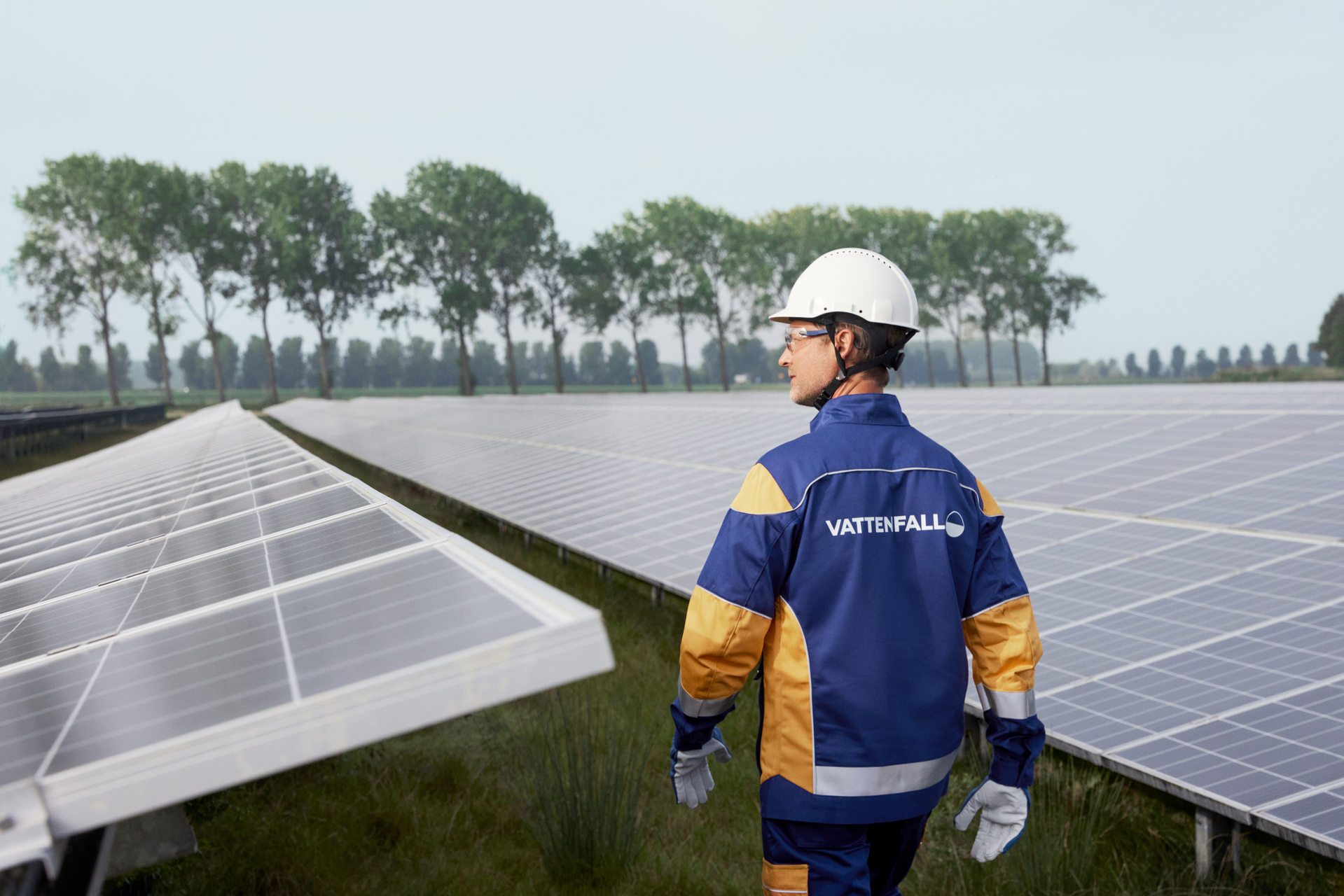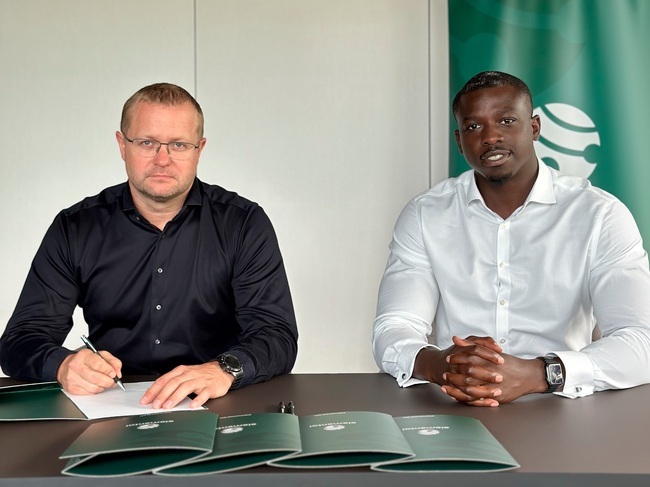Suzanna Lashford, Business Development Manager at Vattenfall IDNO, explains how a more flexible and ‘value-engineered’ approach can save businesses time and money when applying for a new commercial grid connection.
Securing a commercial grid connection in the UK used to be a lengthy, singular journey fraught with challenges. However, with rising demand for clean energy and consumer feedback pointing out the complexity and inflexibility of the process, new, more adaptable options have emerged to speed up our transition to an electrified future.
Traditionally, Distribution Network Operators (DNOs) managed all grid connection applications across the UK. However, in 2000, Independent Distribution Network Operators (IDNOs) were introduced to help ease the workload and foster market competition. Both DNOs and IDNOs are licensed energy professionals adhering to industry standards, but IDNOs distinguish themselves by offering a more tailored, customer-centric approach to network design, with a strong emphasis on value engineering.
“IDNO’s have different priorities,” explains Suzanna Lashford, Business Development Manager at Vattenfall Networks. “Like DNOs we are equally focused on delivering safe and secure grid infrastructure, and resilient designs which will last; but we’re also keen to understand developer’s goals and longer-term objectives.”






